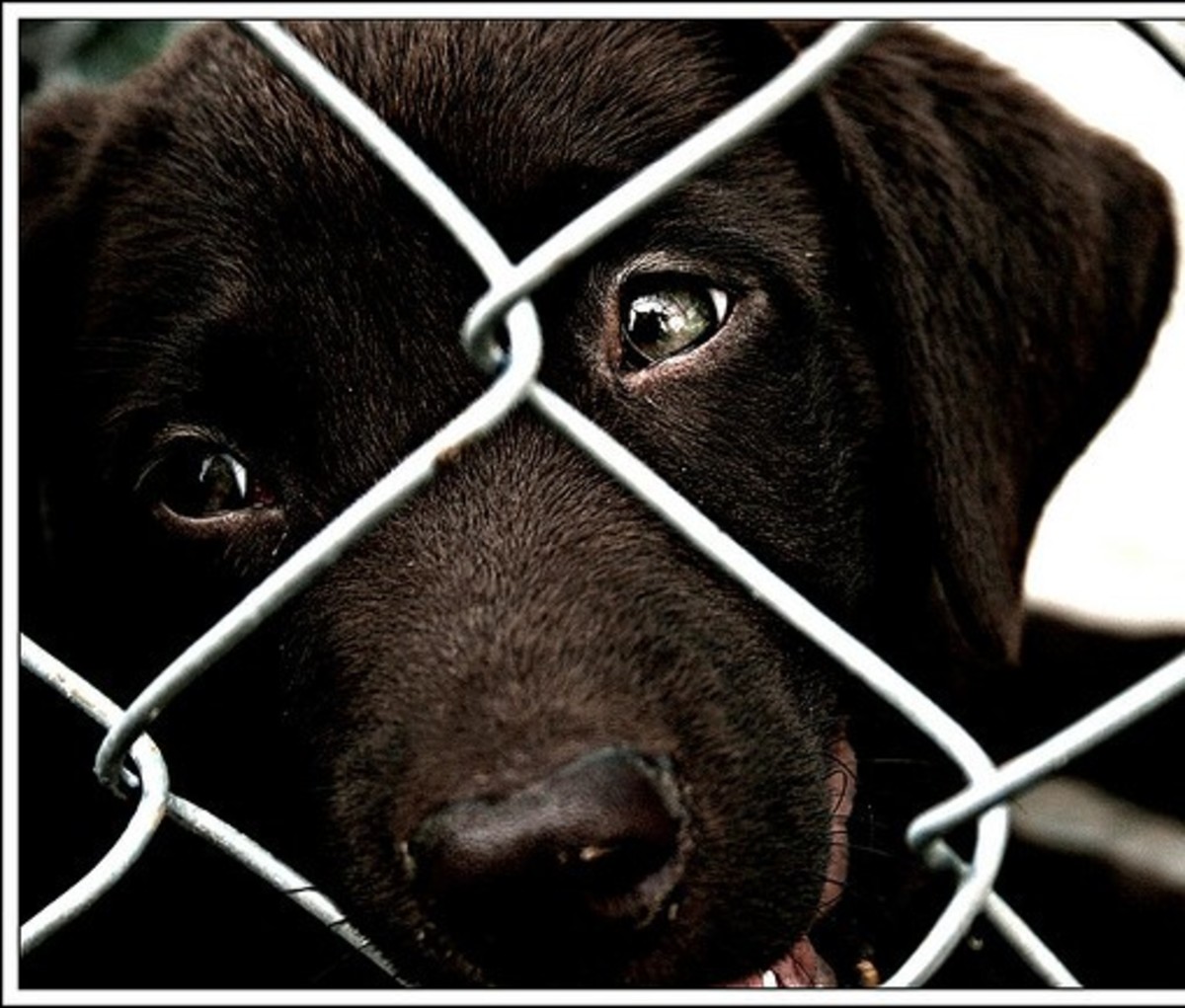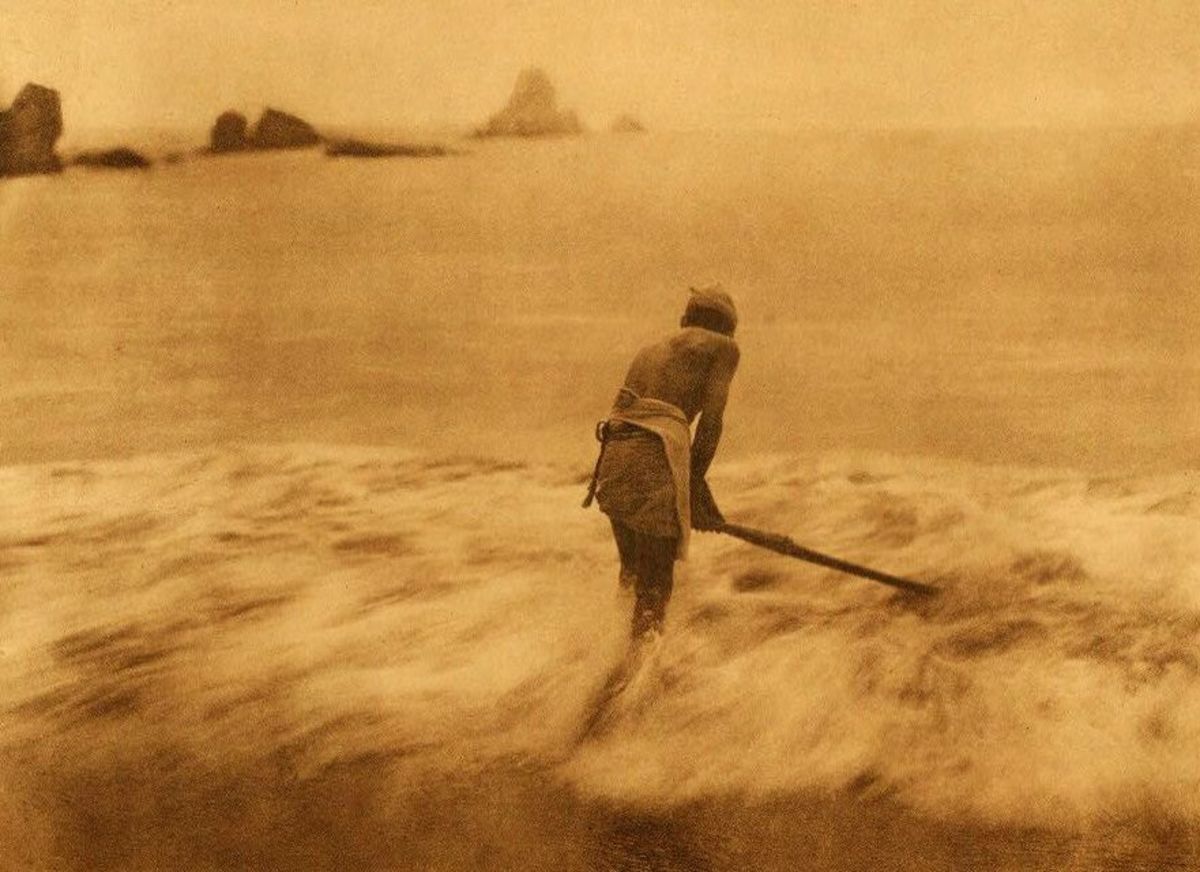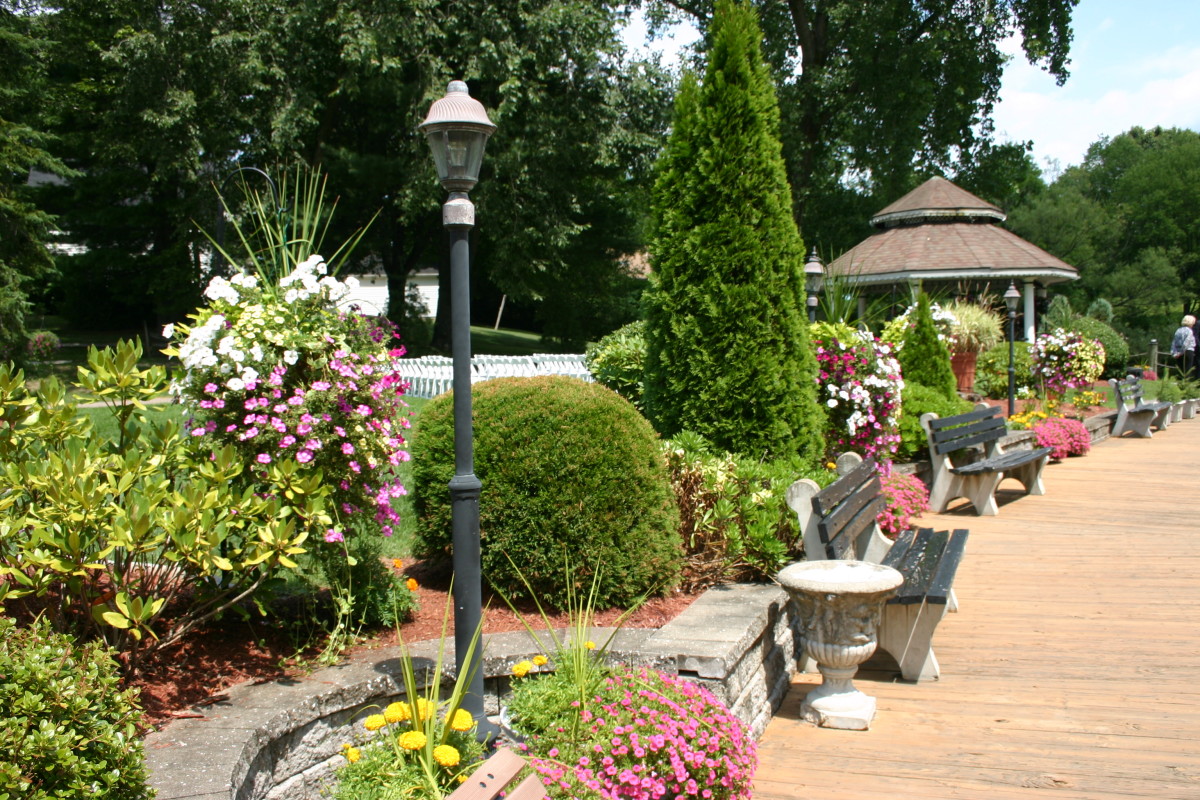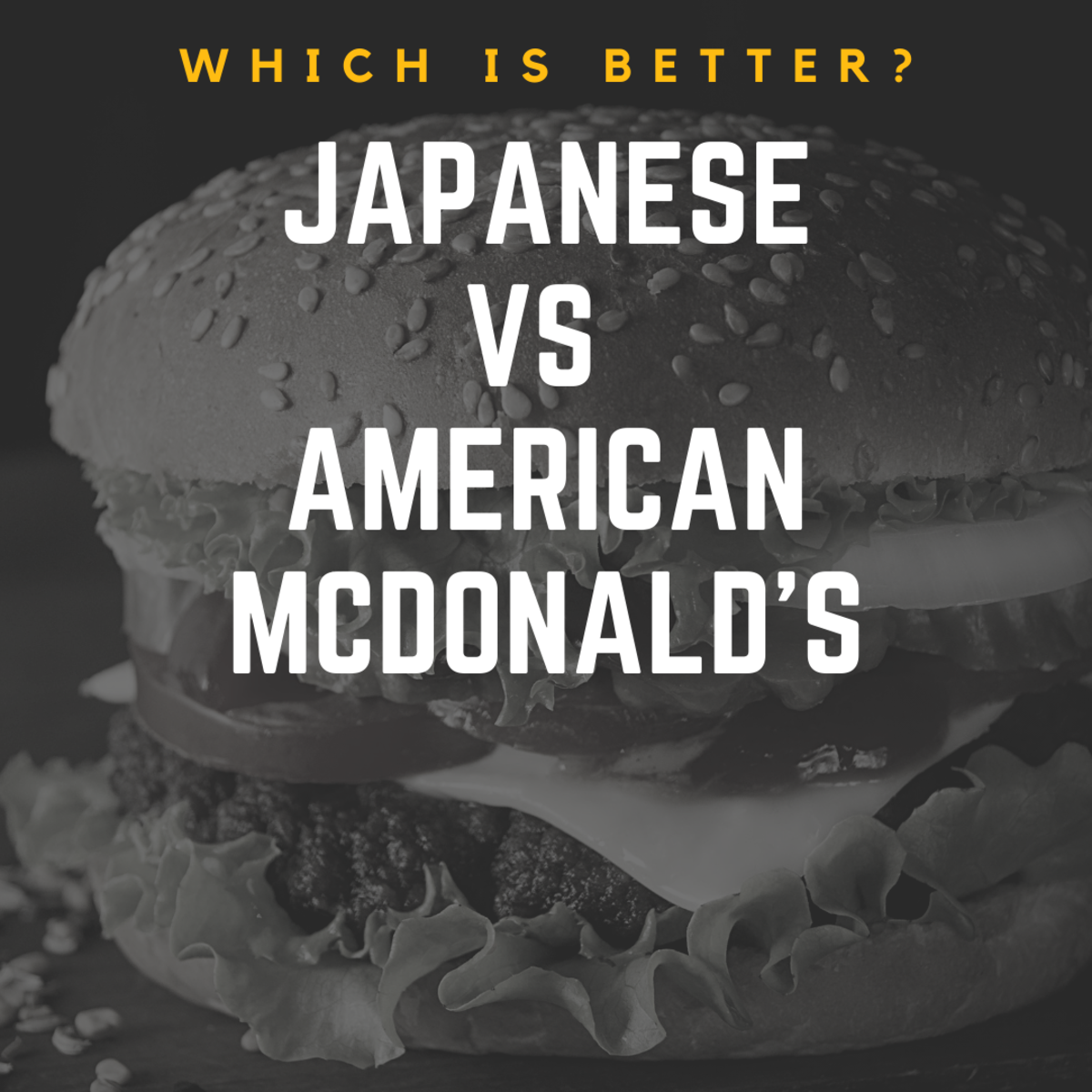Mill Town U.S.A.
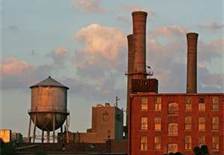
The Changing Face of Industry
My city has never really "flourished." It is what economic historians would call a "mill town" constructed around a textile mill that once bore one of the most well-respected names in the textile industry--Dan River Fabrics. Since the mill closed its doors, the economic climate of my town has never really recovered. The closure of the mill left hundreds of people unemployed, many vacant buildings, and a town with a questionable future.
Dan River Mills, Inc. began operations in 1882 as Riverside Cotton Mills. The mill produced textiles and was considered the lifeblood of the Dan River region. At one time, people had two vocational choices. An individual could work in tobacco or work in the mill. My grandmother was one of the mill workers. My father tells the story of how my grandmother began working in the mill when she was legally considered to be too young to be a factory worker. When supervision realized my grandmother's true age, she begged and cried to keep her job. She continued to work for Dan River Mills until she retired. When people retired from the mill, it was Dan River's policy to give their retirees a beautiful Bible with colorful illustrations and a red binding; I still have the Bible that was given to my grandmother at her retirement. A family friend once quipped that "people needed the Bible before they went to work in the mill: not after they left."
Yes, working in the mill was not easy. My father tried to work there two times but quickly found that he did not like working in the mill. My husband worked in the graphics department until the layoff of 2006. It was a difficult and often dirty job like most industrial jobs. When the mill was unionized in 1930, the union gave the employees a voice. Soon the Dan River region began to see the evolution of a stable middle class. Many people rose through the ranks of Dan River Mills with little more than a high school diploma. The "mill" seemed to be a permanent fixture and no one even dreamed that it would ever close.
Eventually, additional industry moved into the region, and, in its latter years, the mill became an economic safety net. If an individual lost his or her job, he or she could always find employment at the mill. In March of 2004, Dan River Mills filled Chapter 11 bankruptcy as a result of mounting debt and the inability to compete with foreign imports. The mill was eventually sold to Gujarat Heavy Chemicals in India. In 2006, the new owners decided to move operations overseas, and the mill closed.
It is now, 2012 and my town has yet to recover. Like many mill towns in the United States, my city has not found an employer to replace Dan River. Many of the former mill workers have yet to find sustainable employment even after pursuing additional educational and training opportunities. Now, a great debate has arisen in my community. It seems that there are several significant uranium deposits in the Dan River region, and a company has expressed interest in mining these deposits. Supporters of uranium mining argue that the project will bring back the jobs that were lost when the mill closed its doors. Opponents to the project argue that the mining activities will destroy the land and create a hazardous living environment. Although my community is desperately in need of jobs, I have to side with the opponents. I don't feel that uranium mining is the answer. It would not behoove the city to make the transition from mill town to mining town. The risks are too great thus driving the final nail in the coffin of Mill Town U.S.A.

